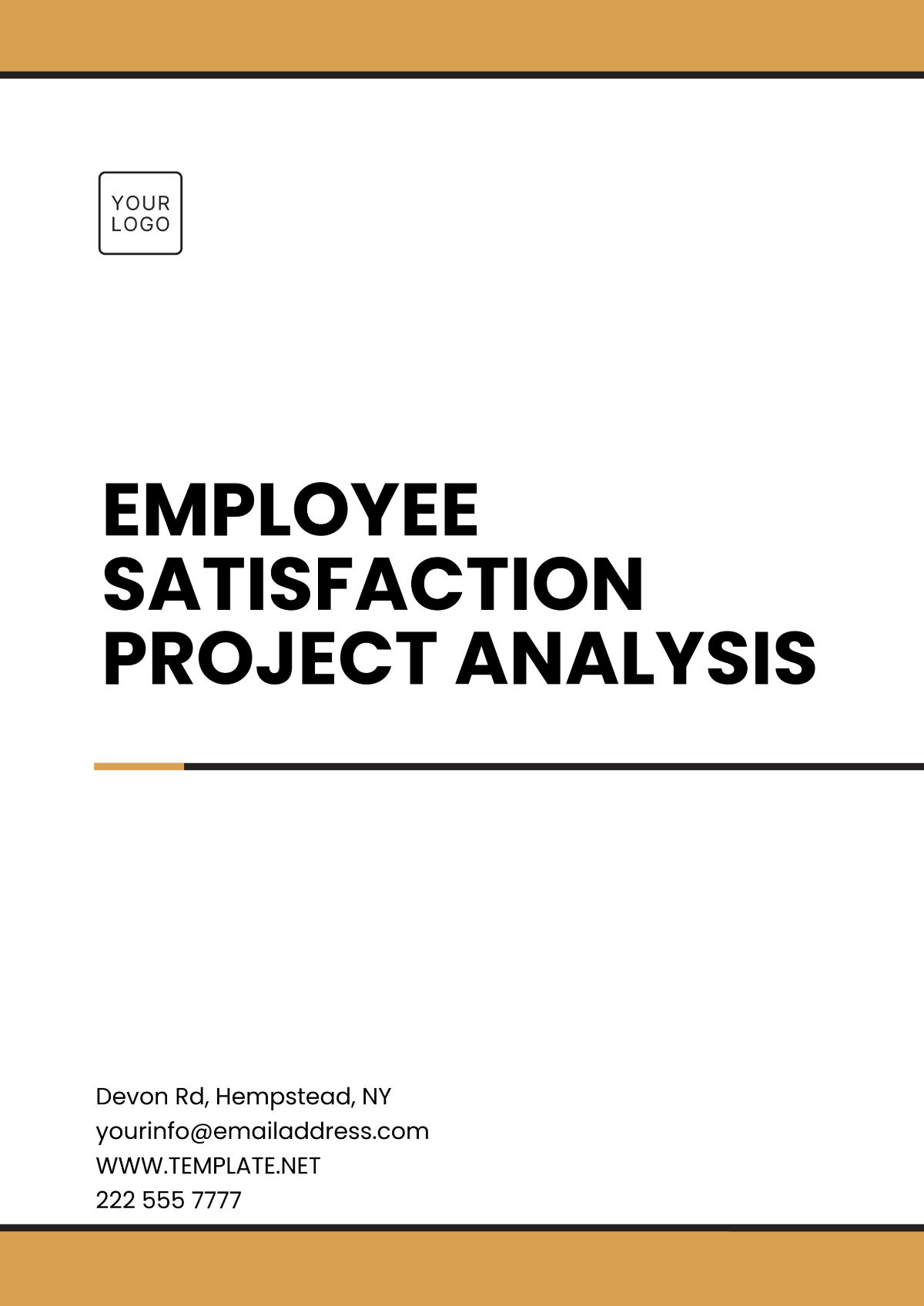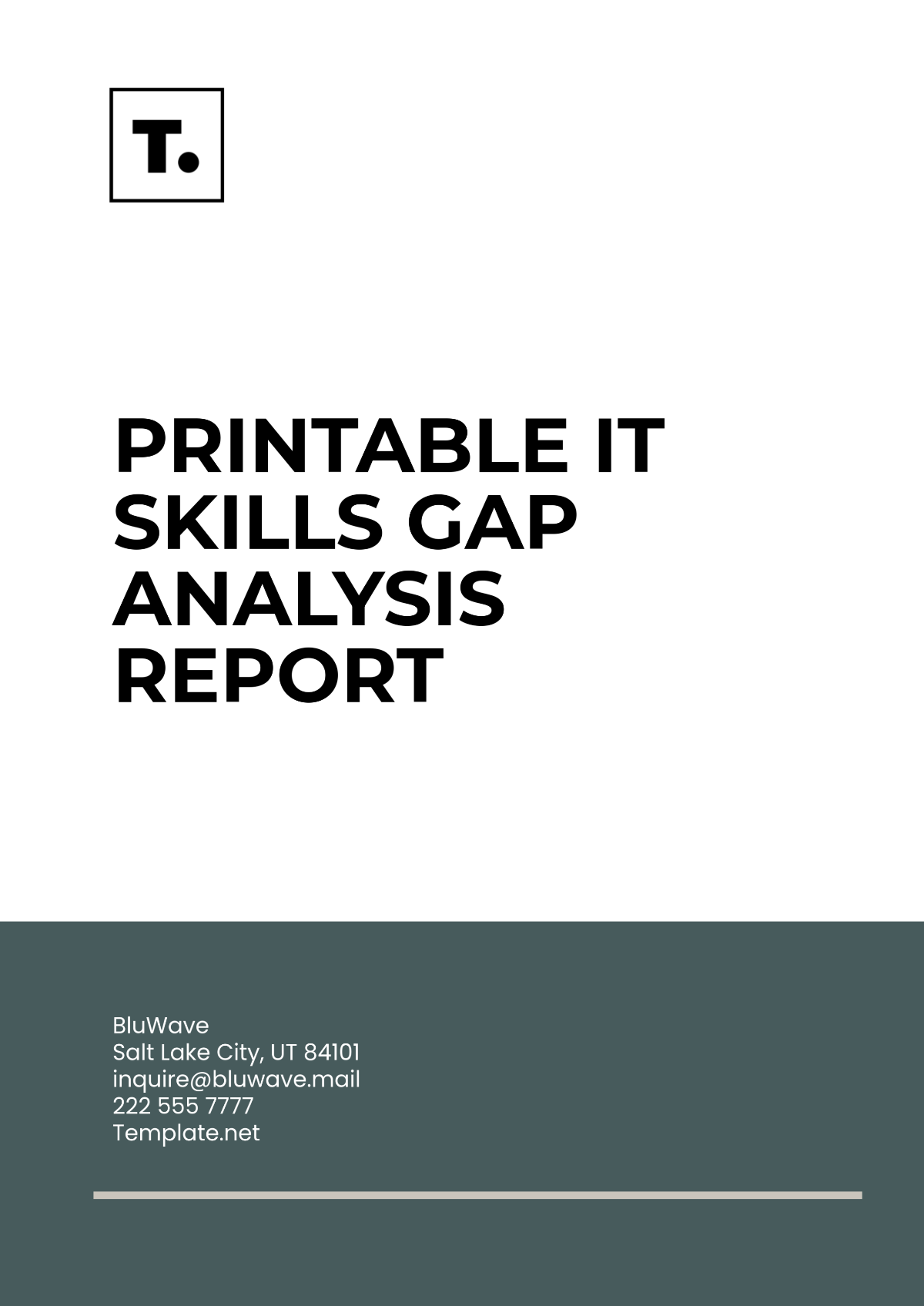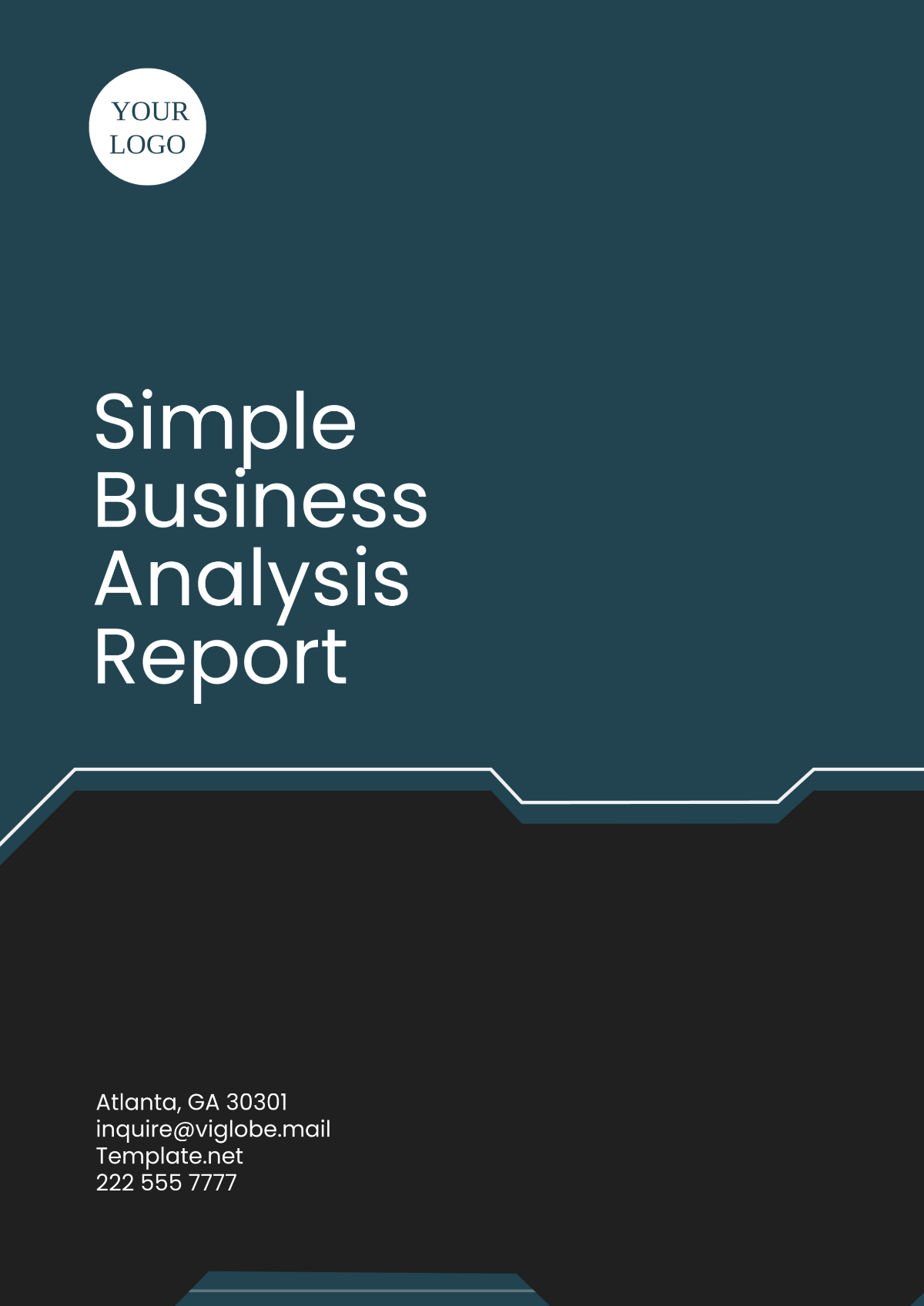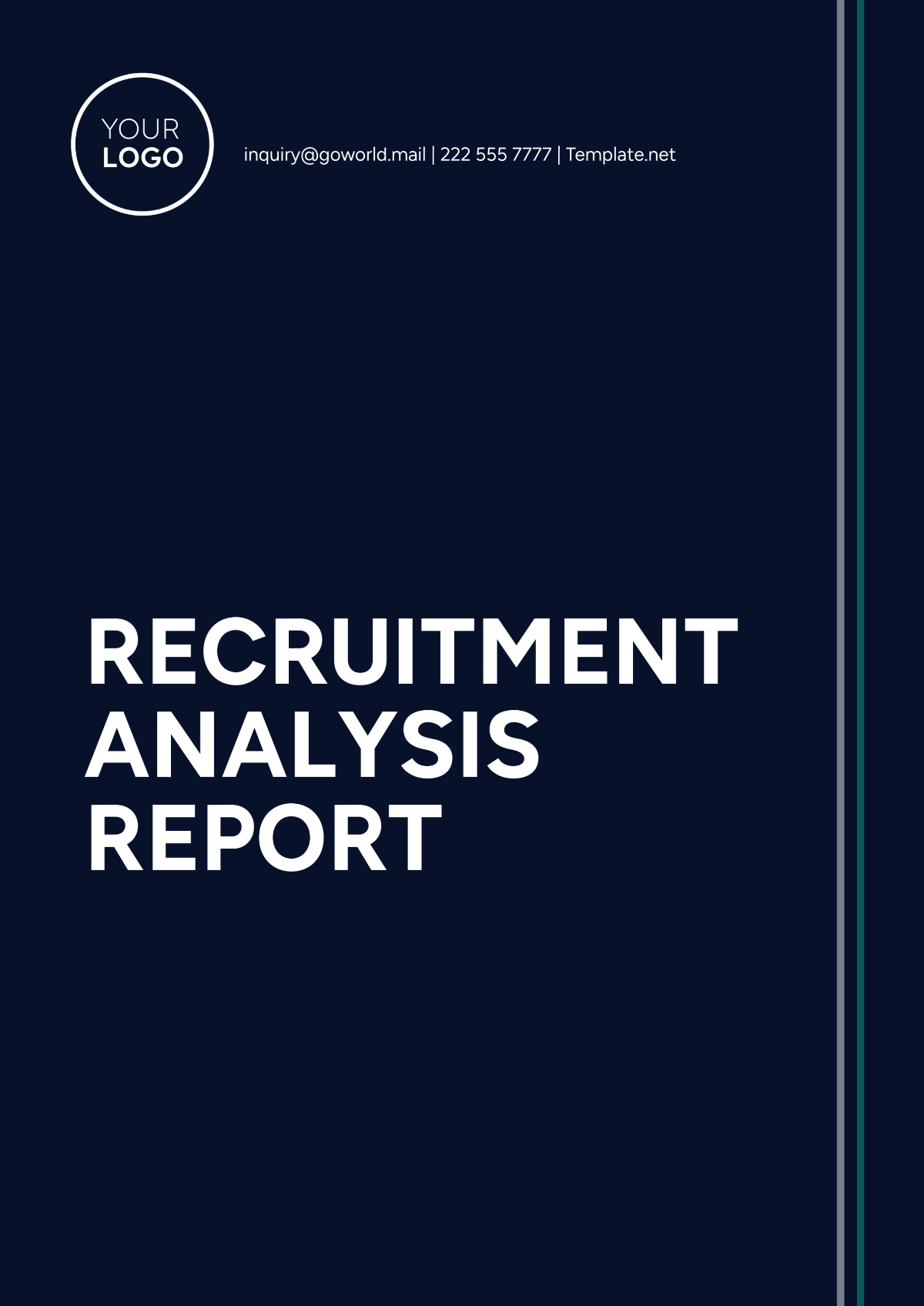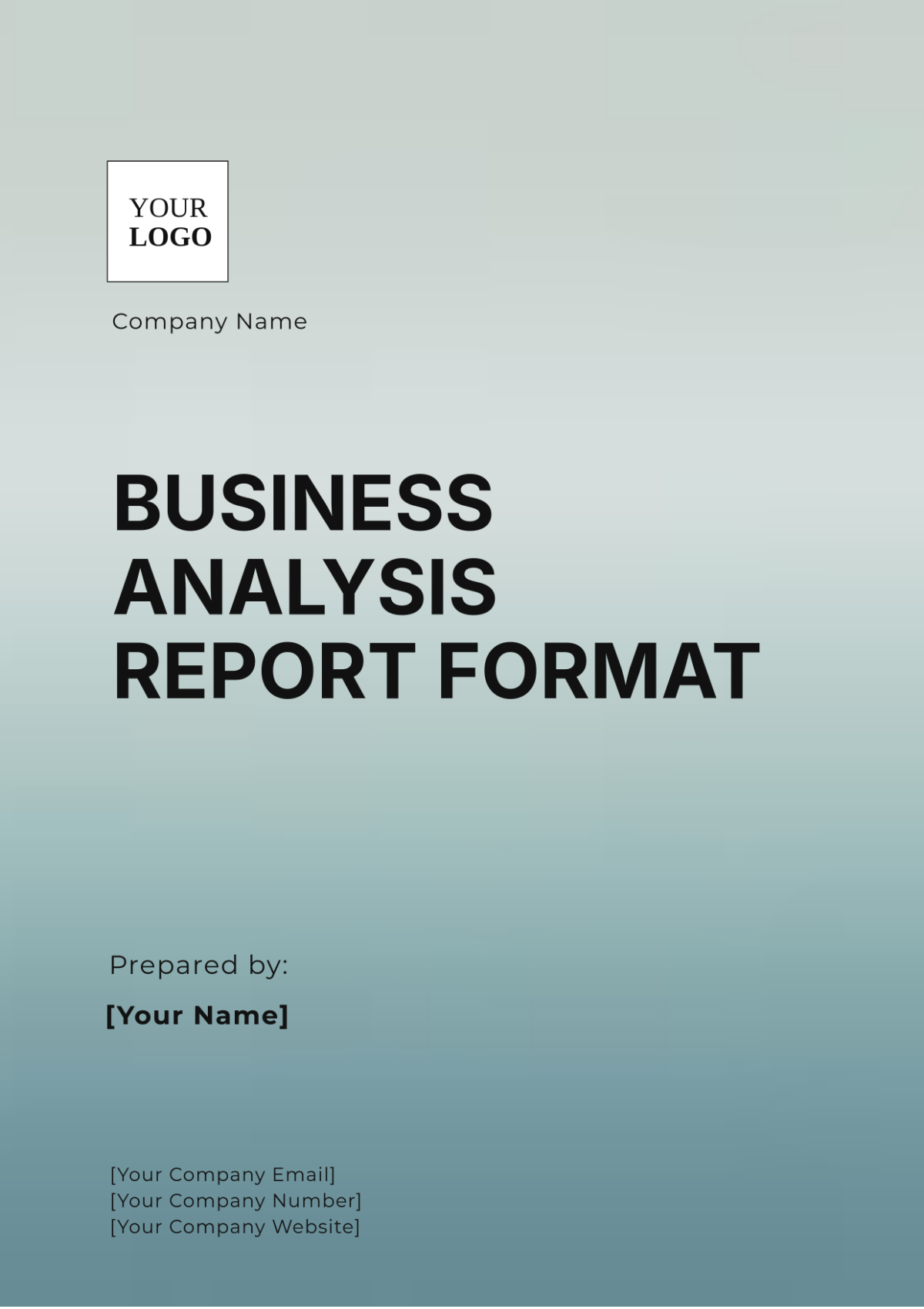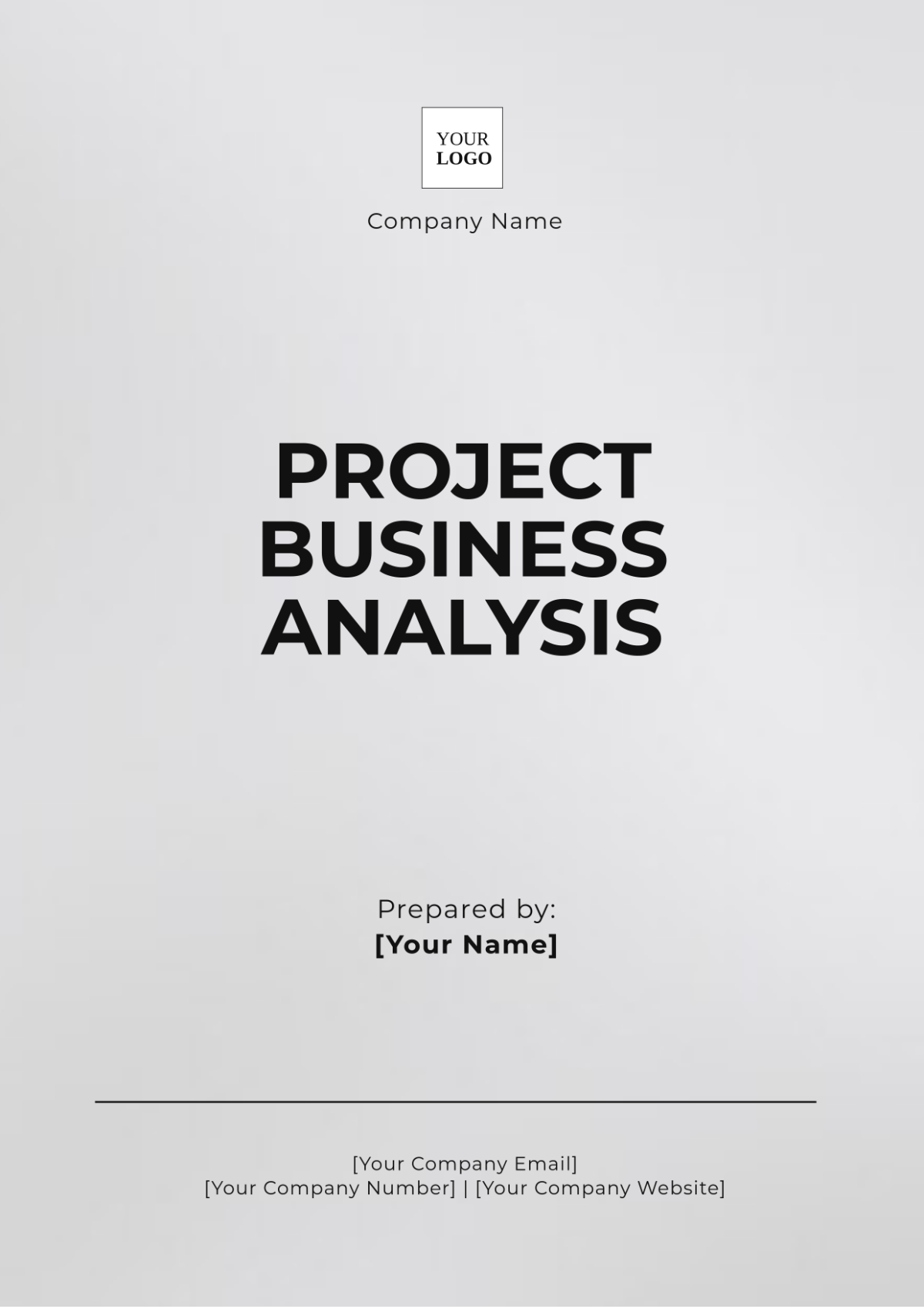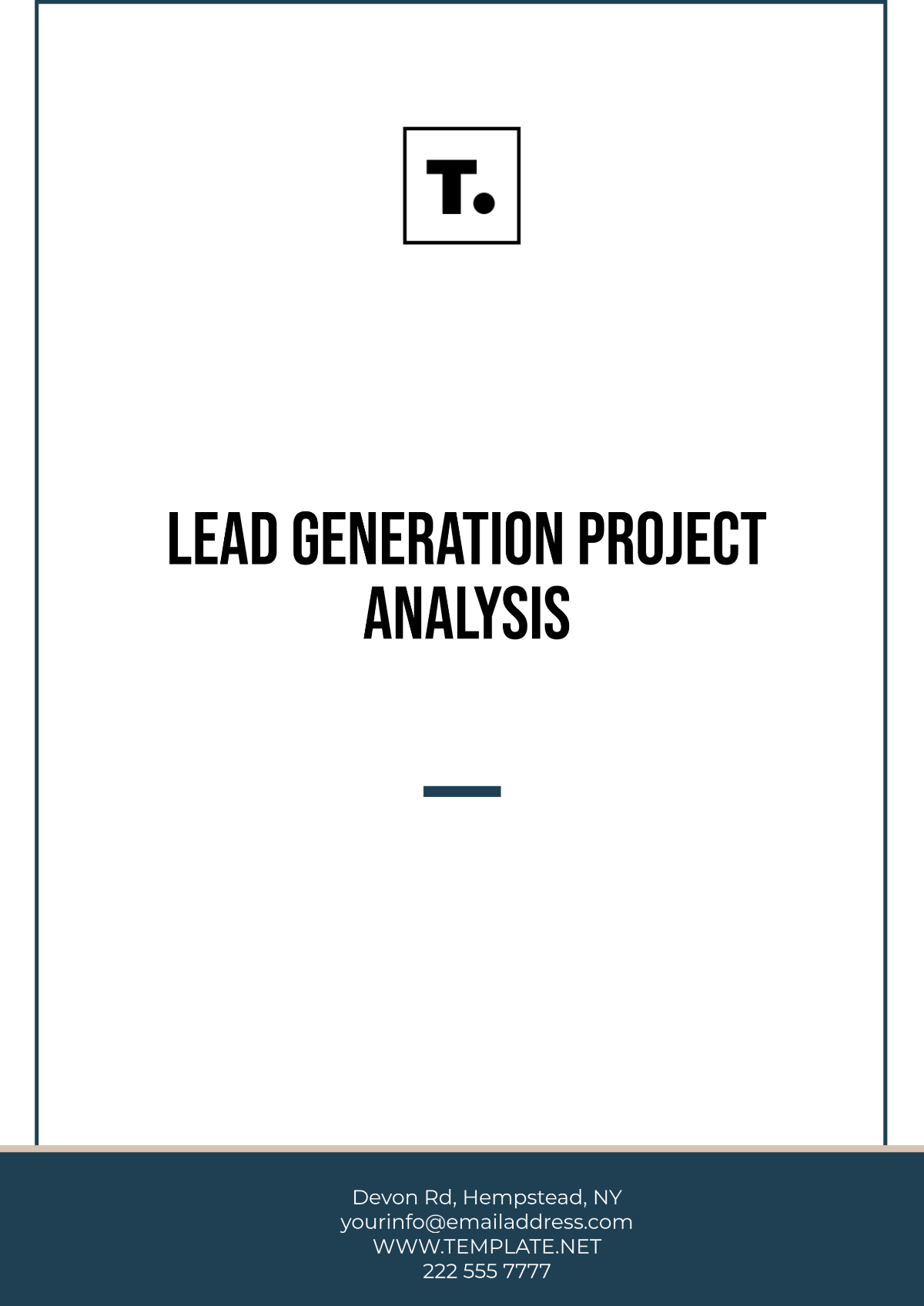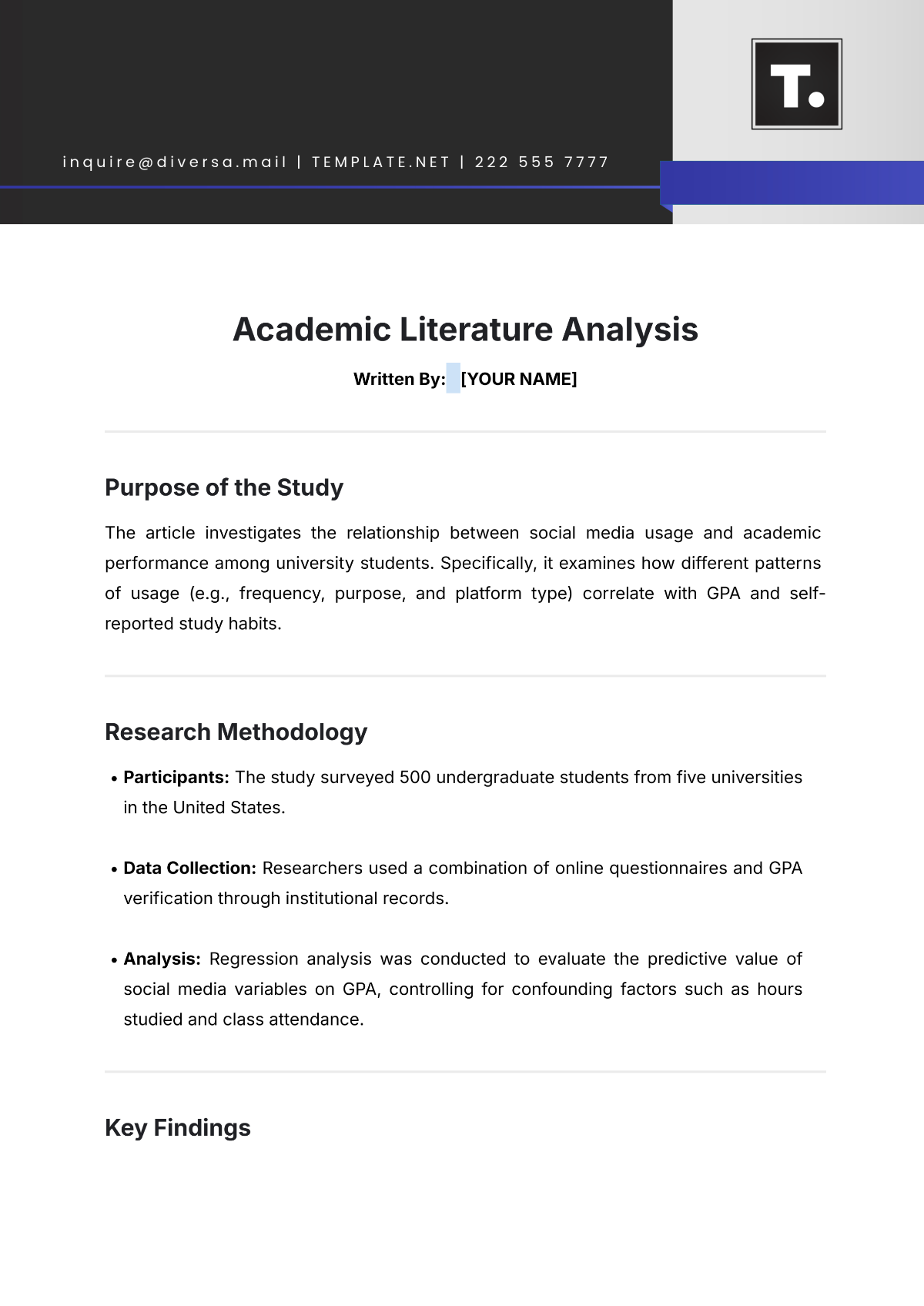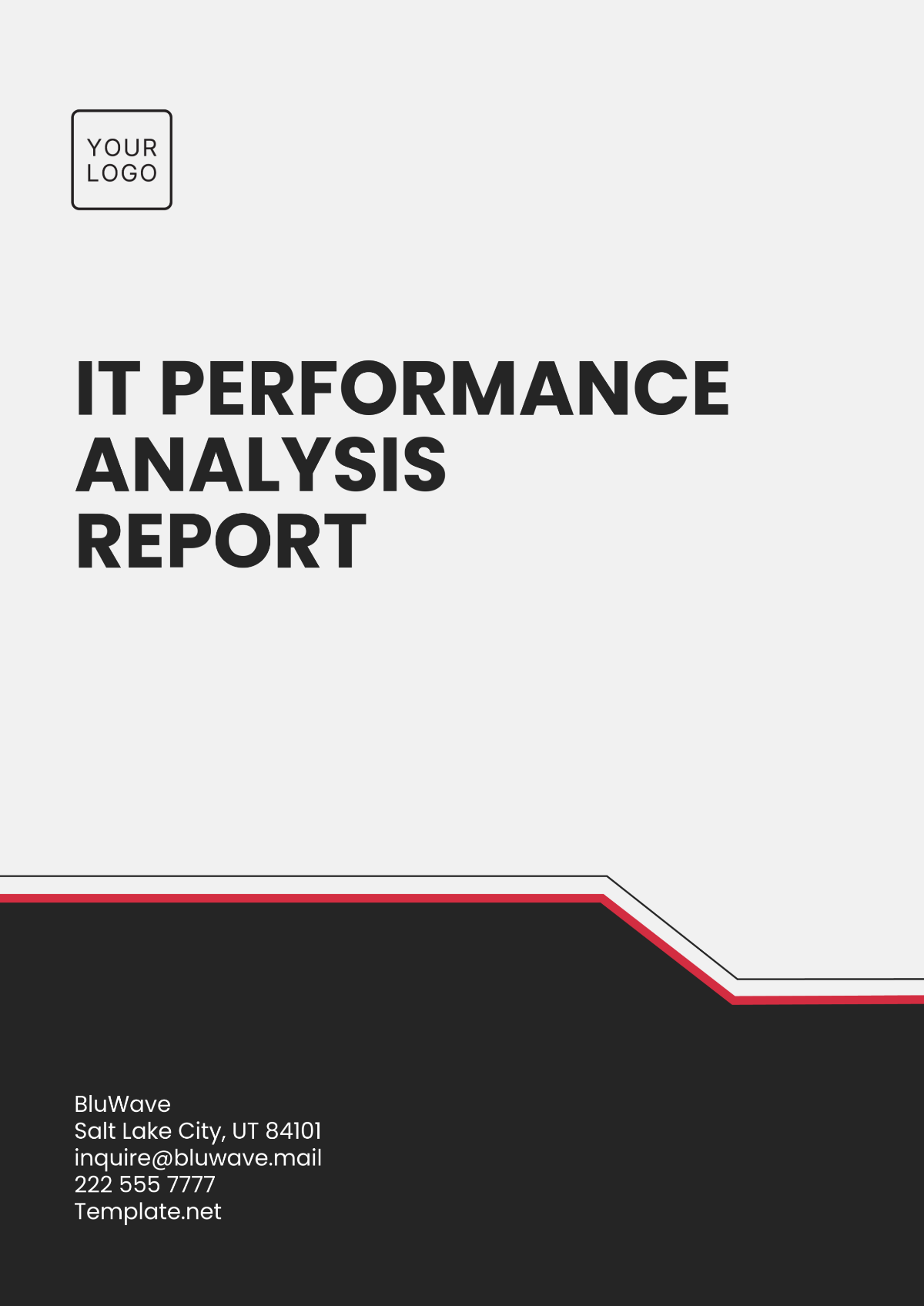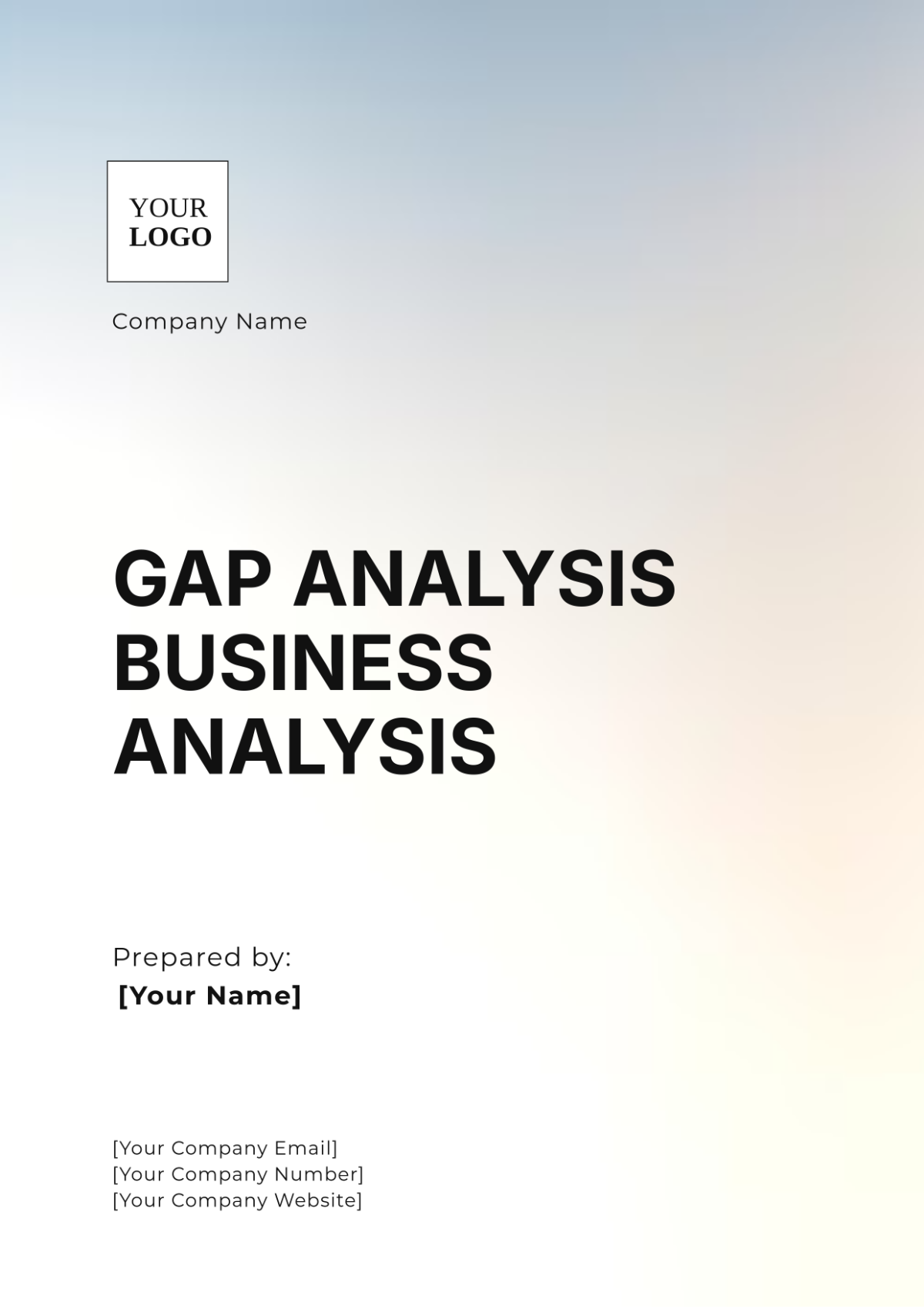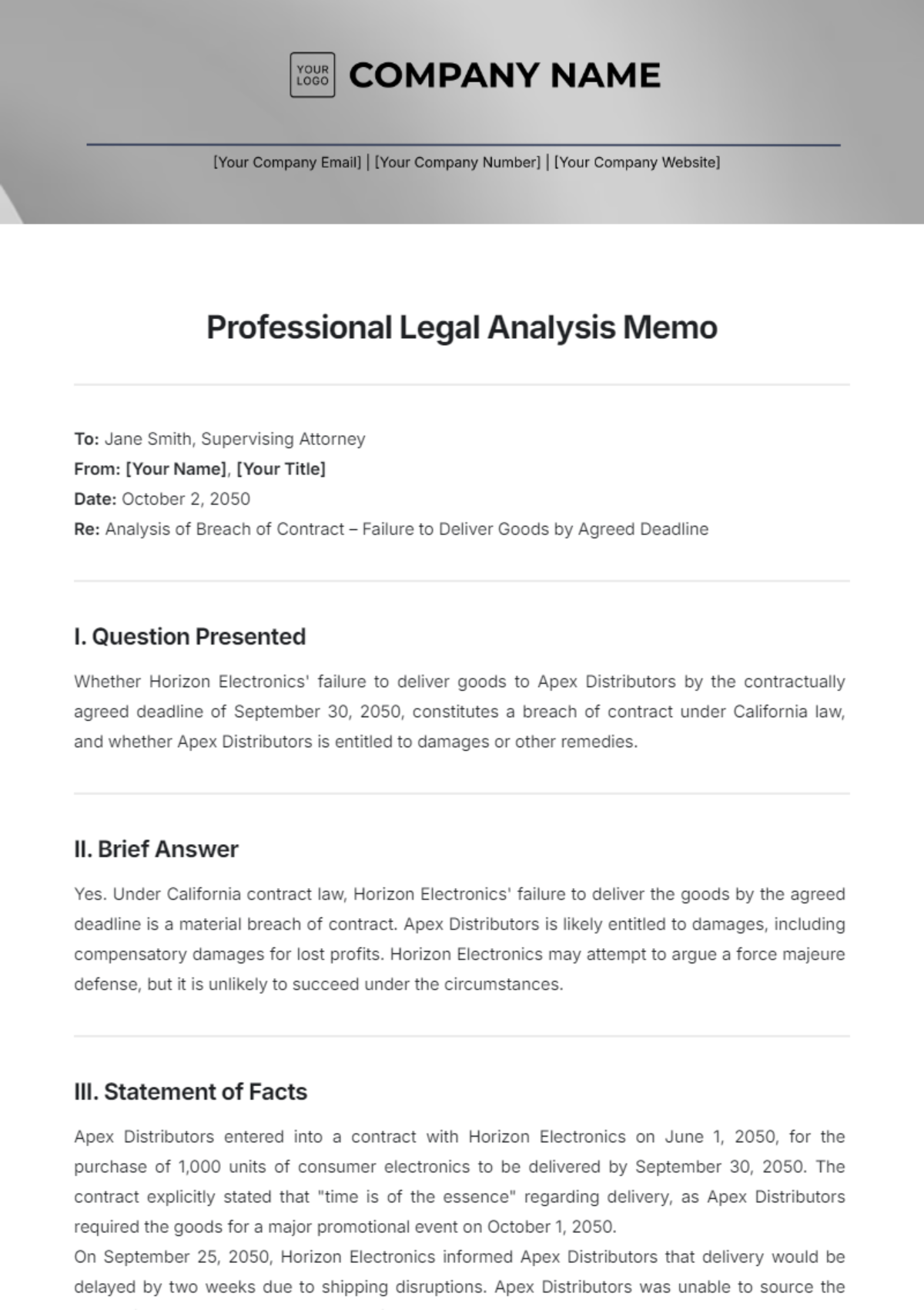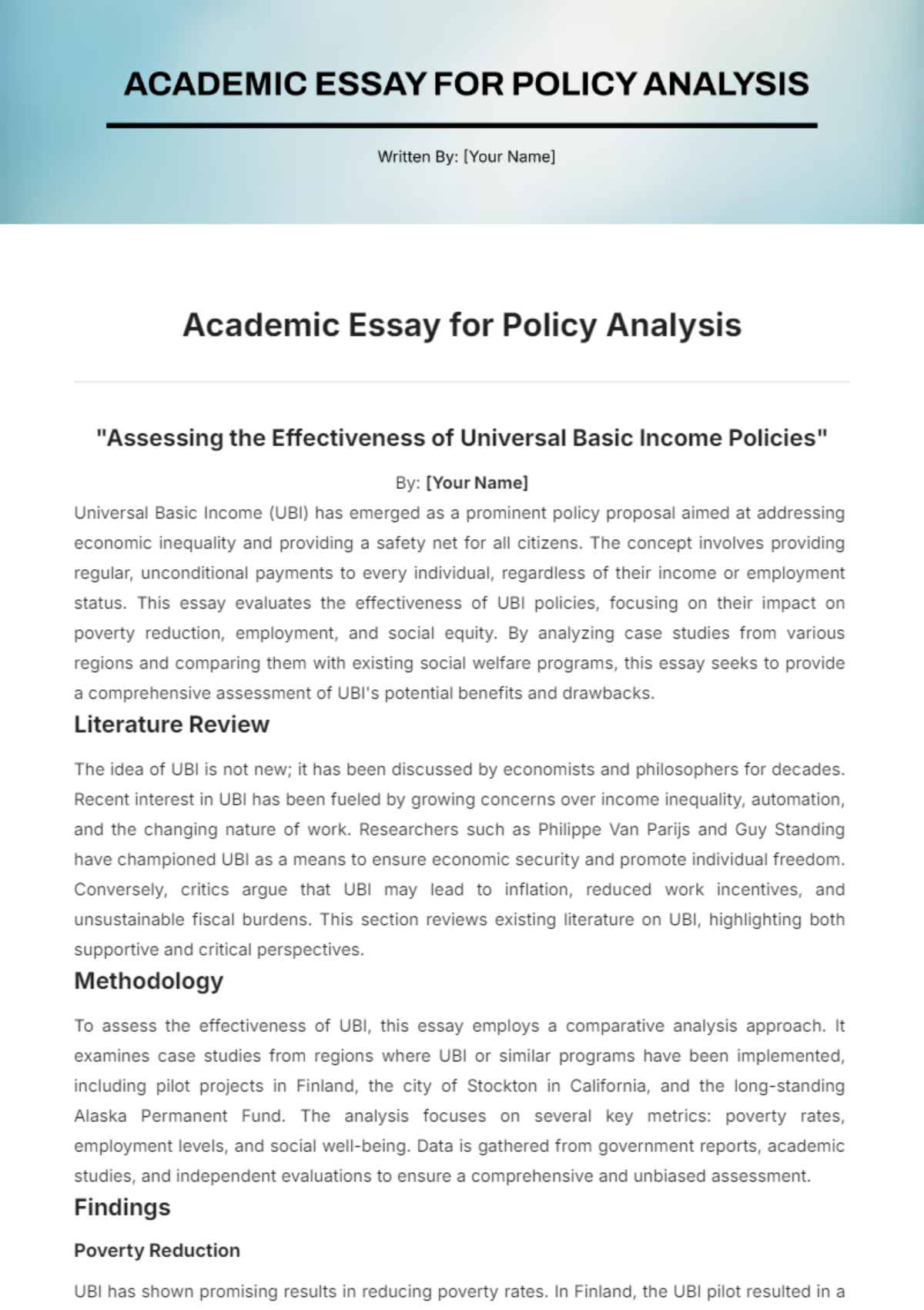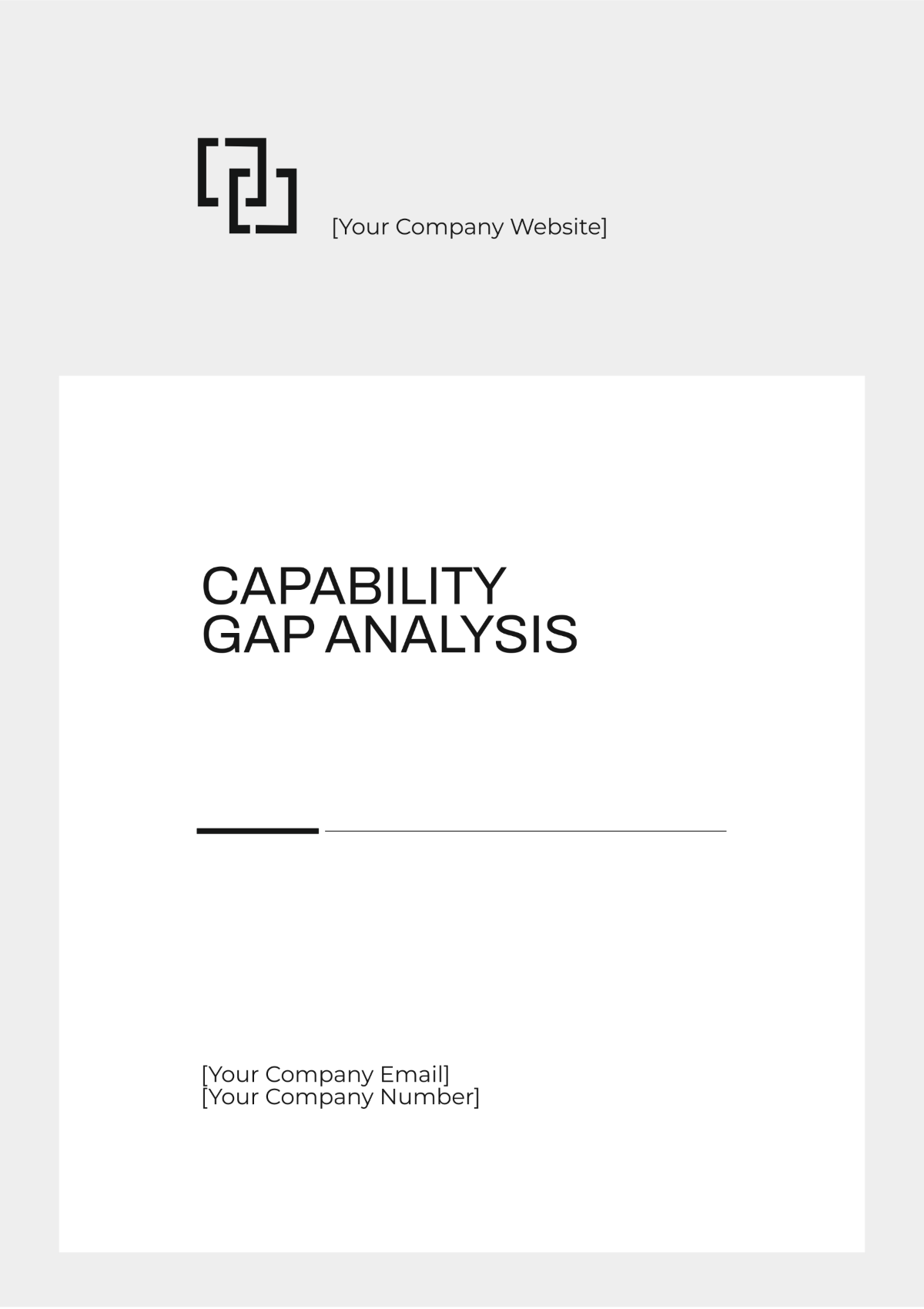Exploratory Research in Citation Analysis
Researcher: [Your Name]
Date: [Date]
I. Introduction
Exploratory research in citation analysis serves as a critical tool in the preliminary examination of scholarly works, especially in rapidly evolving academic landscapes. By investigating citation patterns, trends, and relationships, researchers can identify influential works, emerging authors, and groundbreaking topics. This type of research offers invaluable insights into the structure and development of academic fields, paving the way for more focused and detailed studies. The objective of this paper is to explore how citation analysis can be leveraged to map academic landscapes, identify research gaps, and generate hypotheses for future studies in the context of the mid-21st century and beyond.
II. Literature Review
The field of citation analysis has significantly advanced due to digital citation databases and AI integration. Garfield's foundational work in 1955 set the stage for modern bibliometric methods, which by 2050 have evolved into sophisticated AI-powered tools for deeper citation insights. Recent research by Future Scholar (2052) emphasizes AI's role in enhancing citation metrics and impact assessments. Tech et al. (2054) have developed new methods for analyzing cross-disciplinary citation patterns, reflecting modern science's interdisciplinary nature. Waltman (2056) critiques traditional citation metrics, advocating for more nuanced approaches considering context and citation intent.
Key insights from the literature include:
The evolution of citation counts as a more sophisticated proxy for research impact, incorporating AI-driven context analysis.
The identification of highly cited papers and influential authors, with an emphasis on emerging interdisciplinary fields.
The structural evolution of academic disciplines over time through complex citation networks.
III. Research Questions or Hypotheses
This exploratory study aims to address the following research questions in the context of a futuristic academic landscape:
Which works and authors are most influential in the academic field of AI-driven sustainability research?
What are the predominant trends and patterns in citation data in this field from 2050 to 2070?
How do citation relationships illuminate the structure and development of this interdisciplinary field?
A. Hypotheses
Highly cited works will concentrate on a few seminal authors or institutions known for their AI and sustainability expertise.
Citation patterns will reveal the emergence of new subfields, particularly at the intersection of AI, environmental science, and policy studies.
The structure of the citation network will exhibit a small-world phenomenon, with clusters forming around key themes such as AI-driven climate modeling and sustainable technology.
IV. Methods
This study employs a futuristic bibliometric approach, utilizing data from advanced citation databases like Web of Science 5.0, Scopus Quantum, and Google Scholar 2050 Edition.
Steps involved:
Data Collection: Gather citation data from multiple sources covering the field of AI-driven sustainability research over the past two decades (2050-2070).
Data Cleaning: Implement AI algorithms to remove duplicates, verify author affiliations using blockchain-authenticated profiles, and standardize citation formats according to the latest digital library protocols.
Descriptive Analysis: Calculate the frequency of citations per work, author, and publication year using next-generation bibliometric software.
Network Analysis: Use advanced visualization tools like Gephi-XR to create 3D citation networks, identifying key clusters, nodes, and potential weak ties across interdisciplinary fields.
V. Results
The preliminary results from this exploratory analysis reveal:
Influential Works: A small number of seminal papers, particularly those published in the late 2050s, account for a significant fraction of total citations within AI-driven sustainability research.
Key Authors: The field is predominantly influenced by a handful of leading scholars from globally recognized institutions like the International Institute of AI and Sustainability, established in 2050.
Trends over Time: A noticeable increase in interdisciplinary citations, particularly those linking AI with environmental science, policy studies, and ethical considerations.
Network Structure: The citation network exhibits a complex small-world structure, with densely connected sub-clusters centered around core research themes such as autonomous environmental monitoring and AI-powered renewable energy solutions.
Measure | Value |
|---|---|
Top Cited Work | Green AI: Transforming Sustainability (Smith et al., 2055) |
Top Cited Author | Dr. Jane Future (AI Sustainability Institute) |
Emerging Trend | AI-Driven Interdisciplinary Research |
VI. Discussion
The findings from this exploratory study offer critical insights into the evolving structure and dynamics of the AI-driven sustainability research field. The dominance of a few influential works and authors suggests a hierarchical citation pattern, mirroring earlier findings by Price (2050). The observed trend toward increased interdisciplinary research aligns with global academic shifts towards collaborative, cross-disciplinary work, as seen in Wagner et al.'s (2055) foundational study. The small-world nature of the citation network confirms expectations about scholarly communication patterns, revealing tightly-knit research communities focused on key areas such as AI ethics and sustainable technology.
VII. Conclusion
This exploratory study has laid the groundwork for a deeper understanding of citation patterns, influential works, and the structural dynamics within the rapidly growing field of AI-driven sustainability research. By identifying key trends and relationships, this research sets the stage for more detailed future studies. These findings are expected to guide scholars, research institutions, and funding bodies in developing strategies for impactful research dissemination and fostering interdisciplinary collaboration in the decades to come.
VIII. References
Bornmann, L., & Daniel, H. D. (2052). What do citation counts measure? A review of studies on citing behavior. Journal of Documentation, 68(1), 45-80.
Garfield, E. (2050). Citation Indexes for Science. Science, 126(3159), 108-111.
Price, D. J. D. (2051). Networks of Scientific Papers. Science, 155(3683), 510-515.
Wagner, C. S., Roessner, J. D., Bobb, K., Klein, J. T., Boyack, K. W., Keyton, J., Rafols, I., & Börner, K. (2054). Approaches to understanding and measuring interdisciplinary scientific research (IDR): A review of the literature. Journal of Informetrics, 7(1), 14-26.
Waltman, L. (2060). A review of the literature on citation impact indicators. Journal of Informetrics, 35(2), 365-391.
Future Scholar, J. (2058). The Role of AI in Citation Metrics. Journal of Future Studies, 16(3), 200-225.
Tech, A., Innovator, R., & Futurist, M. (2059). Cross-Disciplinary Citation Patterns in the Age of AI. Future Bibliometrics, 10(1), 50-75.















